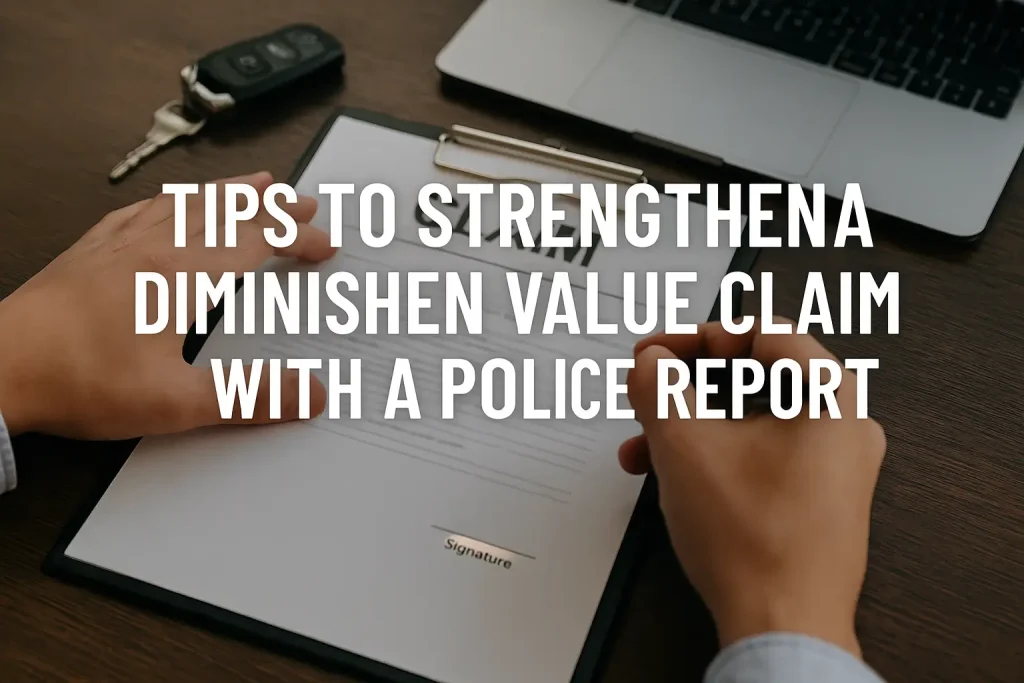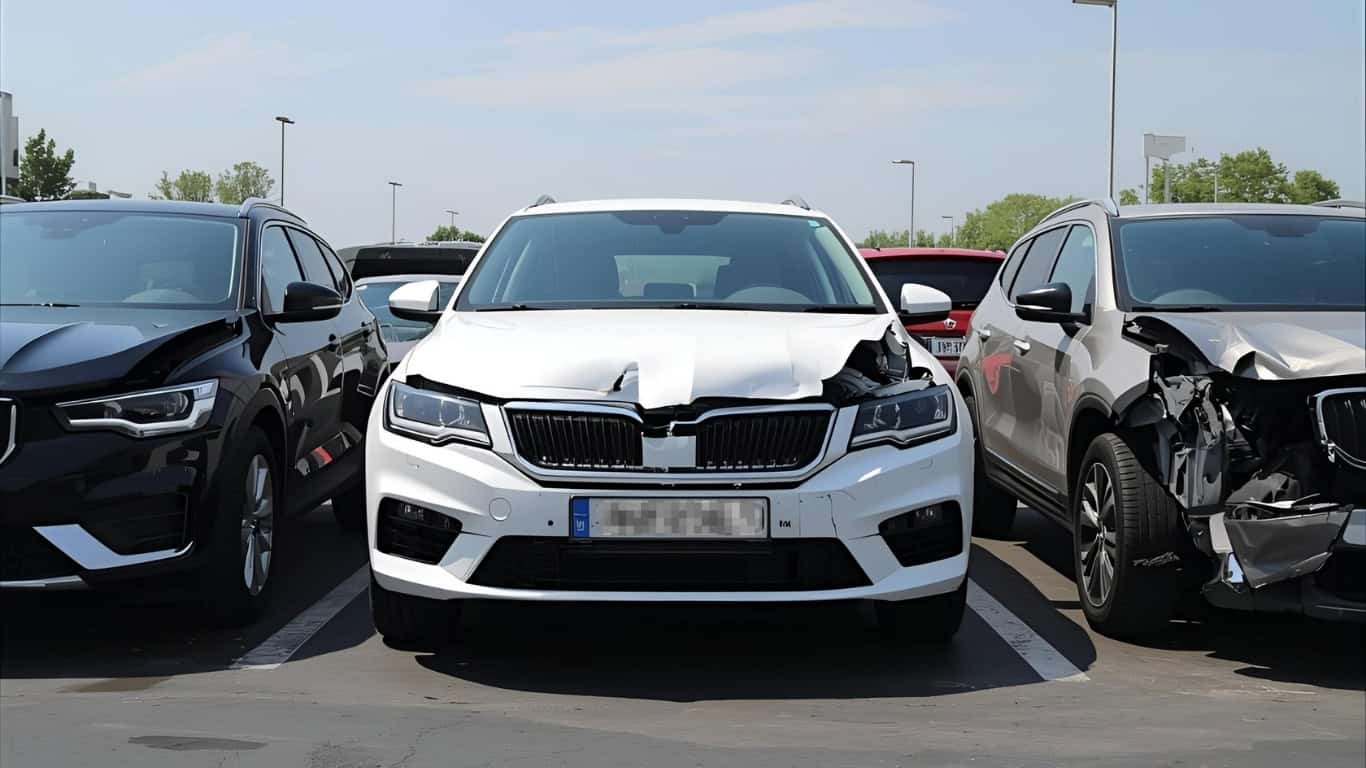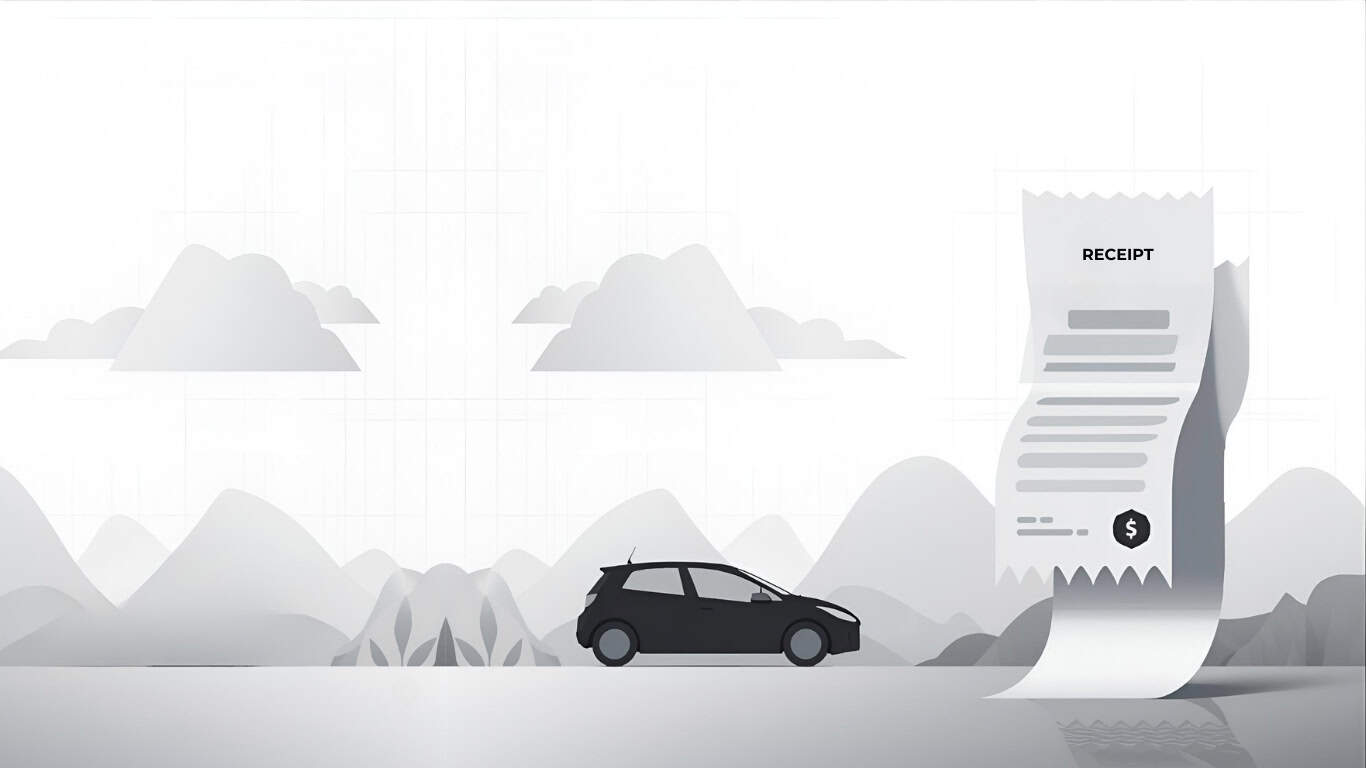When your car is damaged in an accident, its value drops—even if it’s repaired. That drop is called diminished value, and you can file a diminished value (DV) claim to get compensated. But getting approved isn’t automatic. You need strong proof—and that’s where a diminished value police report makes all the difference.
This article covers:
- What a diminished value claim is
- How a diminished value police report helps prove your case
- What should be in the report
- What to do if you don’t have one
- How this affects your insurance payout and timing
What Is a Diminished Value Claim?
After a crash, your car might look fine, but it won’t sell for the same price as before. That’s because buyers and dealers usually avoid cars with accident history. A diminished value claim lets you ask the at-fault driver’s insurer to pay for this loss in market value.
Two main types:
- Inherent Diminished Value – Your car loses value just for having an accident history, even with good repairs.
- Repair-Related Diminished Value – Your car loses more value due to poor repairs or remaining issues.
This kind of claim helps you avoid paying out of pocket for damage someone else caused. But your claim needs evidence—and that’s where the diminished value police report comes in.
Why Diminished Value Police Reports Help Your Claim
Insurance adjusters want facts—not opinions. A diminished value police report gives an official, neutral version of the accident. That’s a big advantage.
What the report offers:
- Confirms the accident happened
- Shows who caused it
- Lists location, time, and conditions
- Supports your side of the story
This can make your claim easier to approve and increase your payout.
With vs. Without a Police Report
| Feature | With Report | Without Report |
|---|---|---|
| Clear proof of fault | ✅ | ❌ |
| Faster claim processing | ✅ | ❌ |
| Higher chance of full payout | ✅ | ❌ |
| Stronger documentation | ✅ | ❌ |
If you don’t have a report, the insurer might say it’s your word against the other driver’s—and offer less.
Real-World Example of a DV Police Report
Let’s say you’re hit from behind while stopped at a red light. You call the police. They file a report showing the other driver is at fault, with photos and witness names included.
Weeks later, you file a DV claim. The insurer sees proof of fault and detailed info. No need to argue. Your claim gets approved fast—and you get a better payout.
Now imagine if you didn’t call the police. The other driver might say you stopped too suddenly. With no report, your claim might get delayed or denied.
What Should Be in a Diminished Value Police Report?
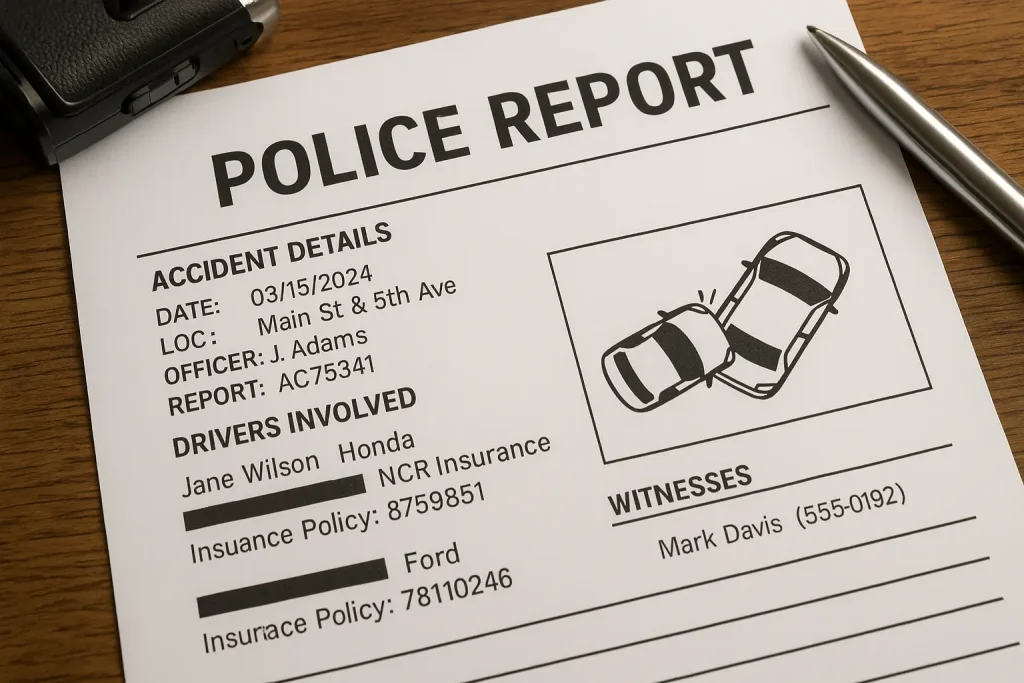
A good police report includes:
- Names and contact info for drivers and witnesses
- Driver’s license and insurance details
- Statements from everyone involved
- Officer’s opinion about fault
- Diagrams or notes about car positions
If something’s missing, you can often ask the police to update or supplement the report.
What If You Don’t Have a Police Report?
Didn’t get a report at the scene? Don’t panic—you still have options.
Step 1: Try Filing a Late Report
Go to your local station and ask if you can still file an incident report.
Step 2: Collect Your Own Evidence
If you can’t get a report, you’ll need strong personal documentation:
- Photos of the scene and damage
- Witness names and written statements
- Dashcam footage, if you have it
- Your own notes, written right after the crash
Step 3: Get a Professional DV Appraisal
Hire a certified appraiser. Their report can fill gaps and support your claim even without police records.
Tips to Strengthen a Diminished Value Claim
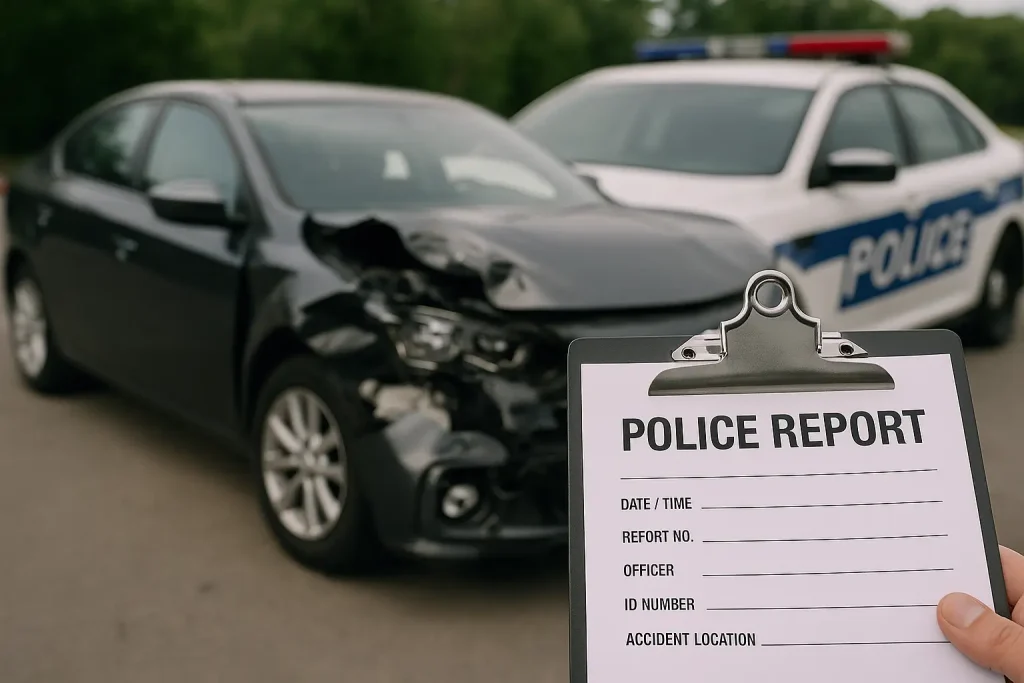
A diminished value police report gives your claim weight—but it’s not the only tool.
Follow these steps to improve your chances:
- Call the police after any accident, even small ones
- Make sure the report is accurate and complete
- Save digital copies of all your documents
- Don’t delay—file your claim as soon as you can
These actions help protect your rights and give you the best shot at full compensation.

